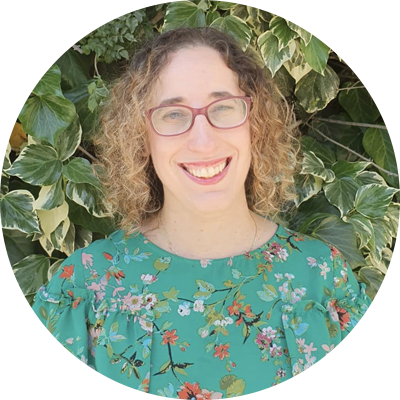New Blue-Green Roof Systems Could Help Reduce Flooding
A new project in Amsterdam is revolutionizing water management.
Imagine a futuristic roof garden so smart it knows when to store water for drought conditions, and when to dump excess water to prevent flooding. Now these smart roofs are becoming a reality in the Netherlands and could be the future of cities all over the world.
A History of Flooding
With more than half the country located below sea level, according to Smithsonian Magazine, the Netherlands has a history of flooding, and has centuries of hard-won experience in flood prevention and resilience.
But now, as Tribune Wired points out, climate change has brought more severe weather, heavy rainfall, and even drought to the area, forcing the city of Amsterdam to consider new ways to protect itself, and that’s where Resilio comes in.
According to their website, Resilio builds innovative smart blue-green roofs throughout Amsterdam. Together with the municipality, from the years 2018 to 2022 they installed specialized roofs in Amsterdam neighborhoods that are in the most danger of flood damage.
How do they work?
The roofs are similar to the concept of green roofs but a lot smarter. That’s because the roofs are made of many layers. The most important layer is the water retention layer. This layer serves a double purpose. In times of heavy rainfall, it collects rainwater that would otherwise flood the streets, while in times of drought the water feeds and nurtures the garden on the top layer.
It is this layer that differentiates blue-green roofs from regular green roofs. A study in the Journal of Environmental Management shows that blue-green roofs can capture up to 97 percent of extreme precipitation, as opposed to the about 12 percent that regular green roofs can capture.
What makes it smart?
What makes Resilio roofs so unique, according to Reasons to Be Cheerful, however, are their smart systems. Multiple blue-green roofs are connected via a digital network, meaning the roofs can each be controlled individually, responding to the amount of water collected on that particular roof as needed.
Each roof also has a smart valve that is connected to a computer system called the Decision Support System (DSS). The DSS networks with local weather forecasts to decide whether the valve on a particular roof should open, spilling water safely and slowly into the sewer system, or whether it should remain closed and collect the coming rain.
Tim Busker, a doctoral student at the Faculty of Science, Water, and Climate Risk at Vrije University Amsterdam, told Reasons to Be Cheerful, “The DSS also takes other factors into account, such as neighborhood characteristics or different seasons. For example, near a hospital it is of the highest importance that the roads are not flooded. So, the valve can be configured to be more sensitive to the rainfall forecast and open more frequently, ensuring enough capacity is available to store the incoming downpour.”
These are the innovations that make Resilio truly revolutionary. Blue-green roofs show that the solutions to the dangers that climate change brings need to be creative, integrative, and must work on many levels.
YOU MIGHT ALSO LIKE:
Let It Rain!
France’s New Law Calls for Green Rooftops
A Huge Rooftop Garden is Breaking Records in the Netherlands







